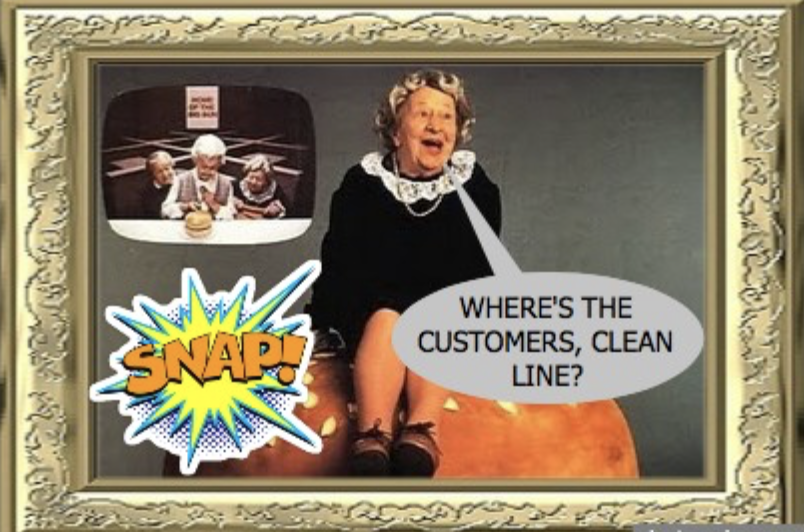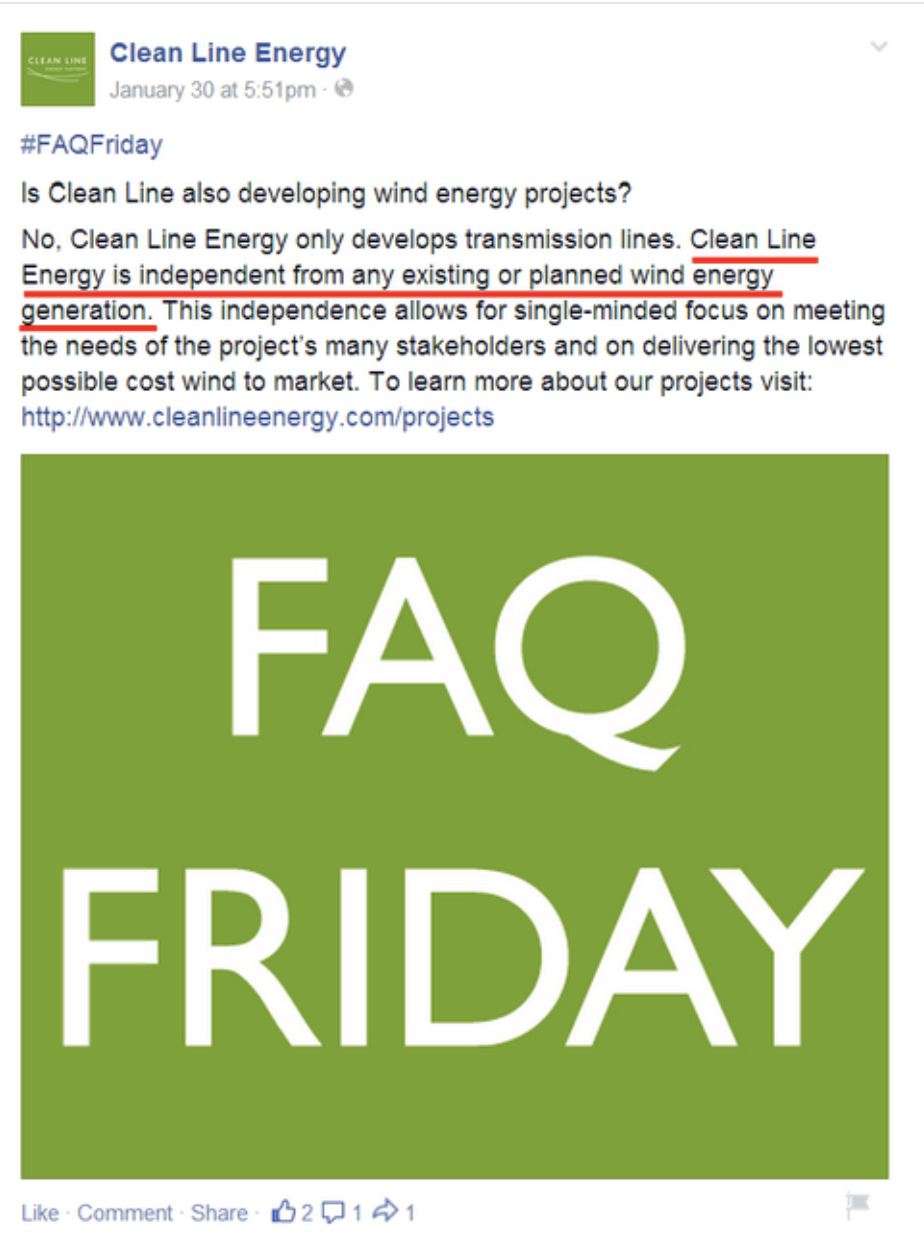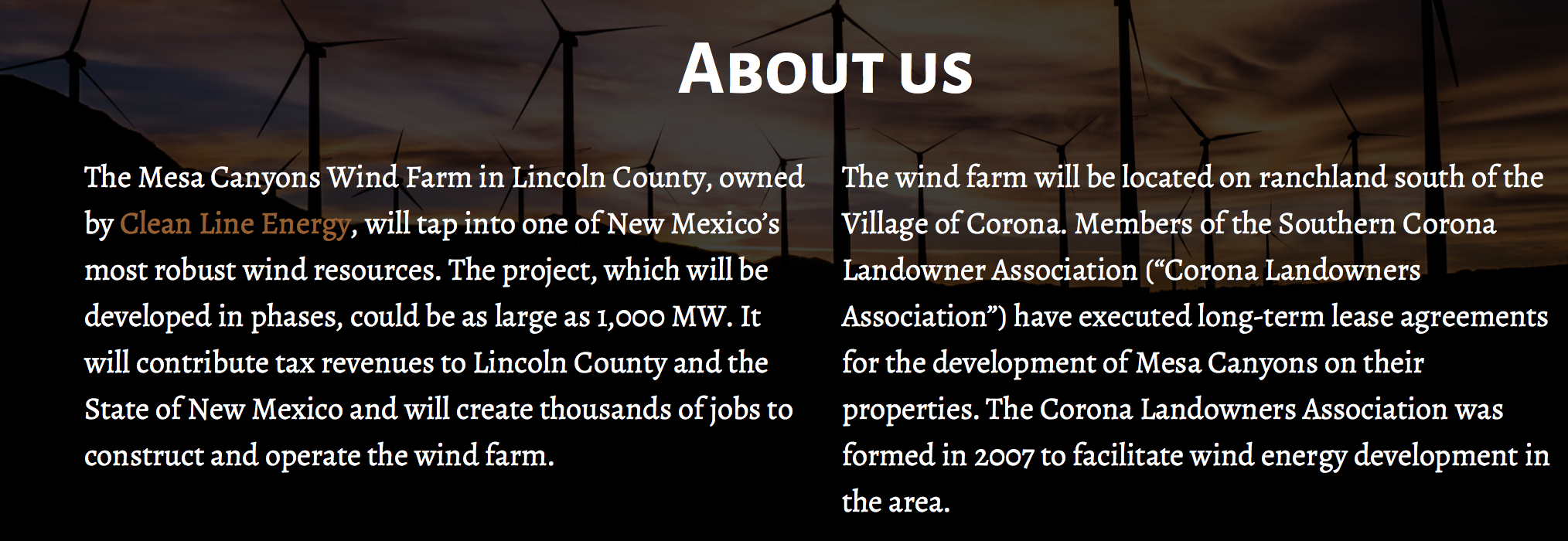At one point in the video, the host says, "We're talking all around this... what is the problem?"
This is where Skelly should have spoken up and told the truth... the only "problem" with Clean Line's projects is that they have no customers. There is no market need for a "clean" line. There's not a thing in the world that Congress or President Trump can do about a product that nobody wants to buy. We already have a perfectly adequate, government-supervised electric transmission grid that has some of the best reliability in the world. That's what keeps your lights on, yesterday, today and tomorrow. Nobody wants to pay extra to use a "clean" line, and that's why Skelly has no customers. Clean Line has failed. Nobody can save it.



 RSS Feed
RSS Feed